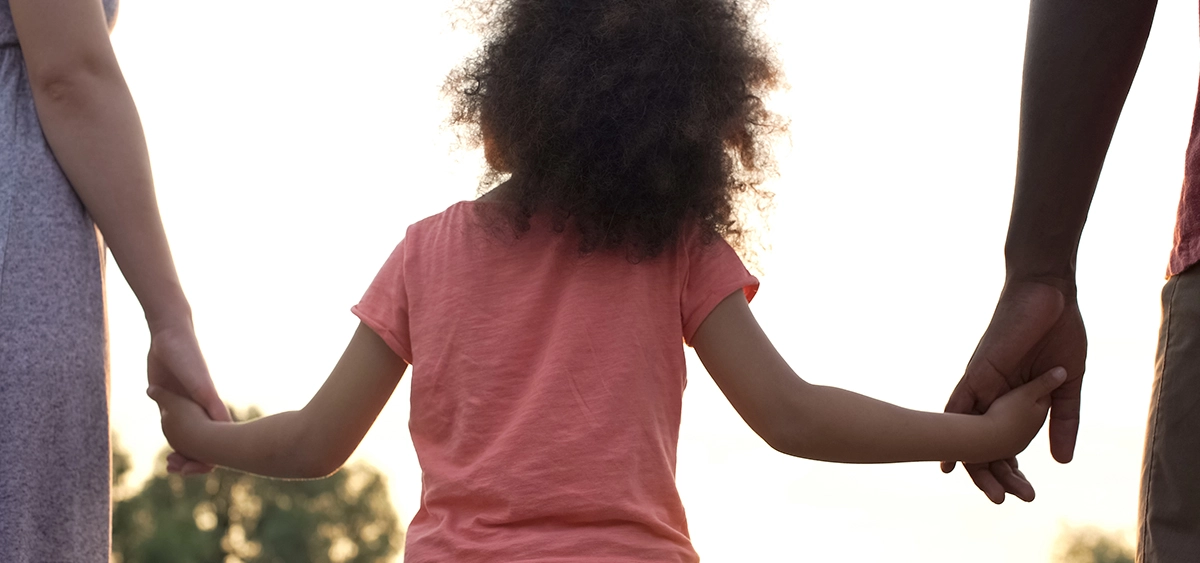Adopting a child in Quebec is a complex process. This article explains the requirements for adoption, the steps to be taken with a Youth Centre, the legal procedures involved and the consequences of adoption.

|
Important! Different rules may apply if you adopt an adult child or if the adoption is done under an indigenous custom. |
The requirements to adopt
Whether you are single, married, in a civil union or living with a partner, you can apply to adopt a child in Quebec if the following conditions are met:
- The adoption must be in the best interest of the child. Sometimes the child is represented by their own lawyer, who must ensure that the child’s interests and wishes are well presented to the judge.
- Usually, a child 10 years or older must agree to the adoption. However, a court can authorize the adoption of a child of less than 14, despite the child’s refusal, if the court finds that the adoption is in the child’s best interests.
- The biological parents must agree to the adoption. However, a judge may decide that a child can be adopted, even without this agreement, if the child has been abandoned or if a court withdrew their parental rights.
- As a general rule, you must be at least 18 years older than the child you want to adopt, unless you are trying to adopt your spouse’s or partner’s child.
- An additional condition applies if you wish to adopt your partner’s child but you aren’t married or in a civil union: you must have lived together for three years. The adoption of a partner’s child is open to both same-sex and different-sex couples.
The steps involved in adoption
You must first contact your local Youth Centre to register in one of its adoption registries.
There are two adoption registries: “regular” and “mixte”.
The regular registry includes very young children who have been orphaned or left for adoption at birth by their parents.
The “mixte” registry includes children who have been taken from their parents by the Director of Youth Protection (DYP) for various reasons: abuse, inability of the parents to care for the children, abandonment, etc.
Before being accepted as a potential adopting parent, you will be asked to undergo a psychosocial evaluation.
Adopting a child from the “mixte” registry takes less time. If your application is accepted, a child who has been taken away from his family by the DYP will come to live with you. After a certain period of time, the DYP will evaluate the situation, and if the DYP feels it’s in the best interest of the child, it will begin the adoption process for you.
The court proceedings
The first step is to ask for a placement order. This step is mandatory, even if the child you wish to adopt is your spouse’s or partner’s and you have lived together for several years.
The court ensures that all the requirements are met and that there is no request for the child’s return by one of the biological parents. If all the requirements have been met, the court makes a placement order. This order, which is normally valid until the final step of the adoption process, allows you to exercise parental authority over the child.
Once the placement order has been made, the child normally has to live with you for at least six months before an adoption judgment can be made. In some cases, this time period can be reduced, but it can never be shorter than three months. After that, the adoption judgment can be rendered.
The second step is the actual adoption. In this stage, the court ensures that the adoption is really in the best interest of the child. If the placement was made on the DYP’s initiative, the court will also check whether the child has adapted well to their new situation. If not, the adoption will be refused.
|
The biological parents can change their minds After the 30 days are over, the biological parents must ask the court to return the child if they have a change of heart. However, this request to the court must be made before a placement order is made for the child. |
The legal consequences
Adoption has very important consequences: it replaces the original parent-child bond called “filiation” with a new one. In all ways, the child becomes the child of the adopting parent (or parents). The adopting parent has the same rights and duties as a biological parent. For example, in case of separation, the adopting parent may have to pay child support for the adopted child. The biological parents no longer have any rights or obligations toward the child and vice-versa.
Of course, if you adopt your spouse’s or partner’s child, the parent-child bond between your spouse or partner and the child remains intact. Your spouse or partner will not lose any rights or obligations regarding the child and vice-versa.







